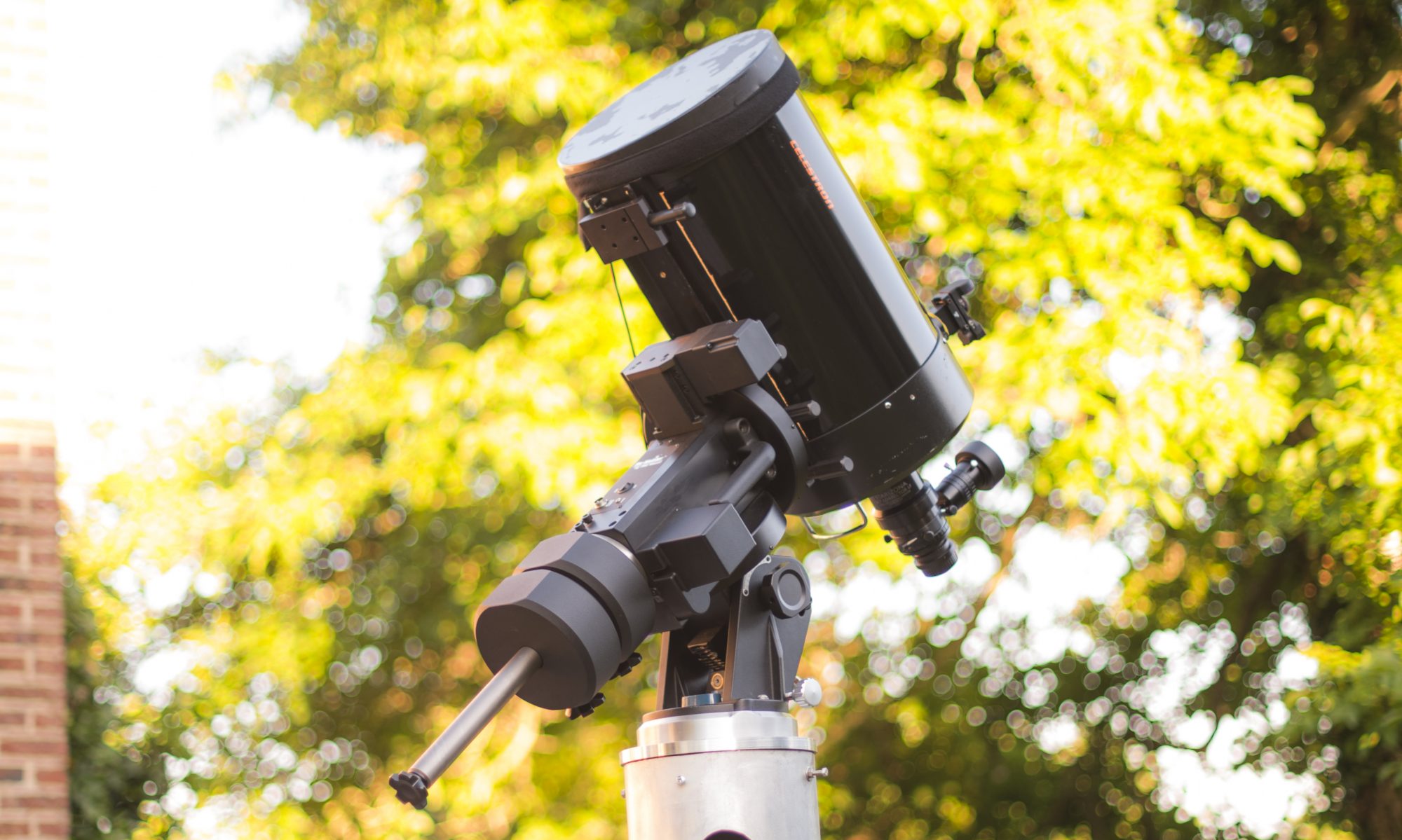This little scope really lives up to it’s name. A pretty sharp single shot (not stacked with a CMOS camera) through the Nikon D750. Click the picture for a larger version.

And this is the mandatory picture of Venus and the Plejades! The fierce planet will cross through the asterism this weekend.

And at last a single shot 30 seconds of the Orion Nebula. Unguided with an HEQ5, ISO 200. Pretty cool!



